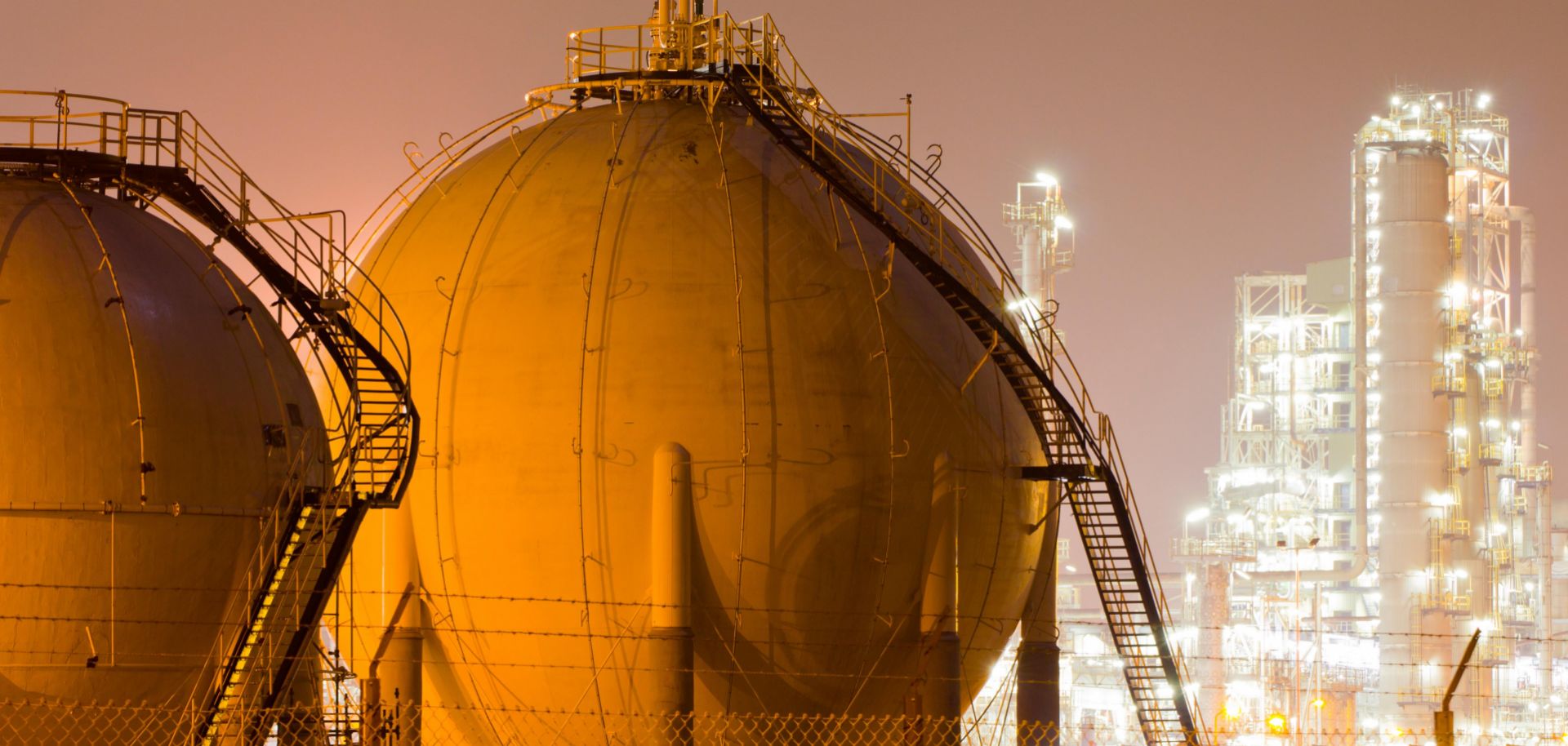ASSESSMENTS
U.S. LNG Exports Are About to Reshape the Global Market
Nov 8, 2018 | 20:49 GMT

Storage tanks for liquefied natural gas sit in a large oil-refinery plant
(COR LAFFRA/Shutterstock)
Highlights
- By the end of 2019, the United States will become one of the world's three largest exporters of liquefied natural gas.
- Qatar, which has been the globe's biggest LNG producer until now, will begin implementing a more aggressive strategy next year in the face of competition from the United States and Australia.
- U.S. trading partners could promise to purchase American LNG as a way to reduce their trade surpluses.
- China is unlikely to purchase LNG from the United States because of their trade war, choosing instead to buy Russian gas from Siberia.
- The United States will ramp up its pressure on the European Union to buy more U.S. LNG and to improve its infrastructure so it can reduce the bloc's reliance on Russian energy.
Subscribe Now
SubscribeAlready have an account?
